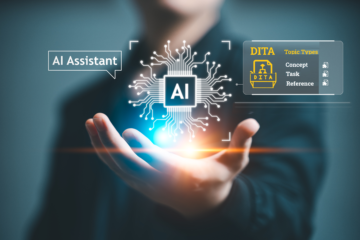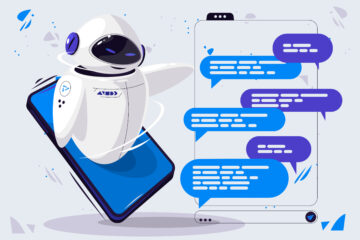Digital Adoption with a Delicate Balance

In today’s rapidly evolving digital landscape, the concept of digital adoption has gained significant traction. As businesses strive to streamline processes and enhance efficiency, automation and on-screen guidance have become integral components of software experiences. However, it is essential to recognize the potential drawbacks that come with excessive automation.
In this article, Contents Dynamics will explore the cons of modern digital adoption and how they impact the world of user interface (UI) and user experience (UX) design. By delving deeper into these challenges, we can gain valuable insights into creating software experiences that strike the right balance between automation and the human touch.
1. Loss of Intuitiveness and Exploration
With the rise of on-screen guidance and automation, users may find themselves missing out on the joy of exploration and intuitive learning. Instead of freely exploring software features and discovering functionalities on their own, users become reliant on prompts and instructions. This can limit their ability to think critically and problem-solve independently, hindering their overall software proficiency.
2. Diminished User Engagement and Empowerment
While automation aims to simplify processes, it can unintentionally diminish user engagement and empowerment. When software performs tasks automatically, users may feel like passive observers rather than active participants. This leads to a reduced sense of ownership and investment in the software, resulting in lower motivation to fully explore its features and unleash its potential.
3. Potential for Overlooking Important Details
The seamless nature of automation poses a risk of users overlooking crucial details or skipping essential steps. As software takes care of repetitive tasks, users may become complacent and less attentive to the process. This can result in errors or incomplete tasks, negatively impacting productivity and user satisfaction.
4. Limited Flexibility and Customization
Highly automated software may lack the flexibility to adapt to individual user preferences or unique scenarios. Users may feel constrained by predetermined workflows and unable to customize the software to align with their specific needs. This limits their ability to optimize workflows and fully leverage the software’s capabilities.
5. Loss of Human Touch and Personalization
Automation should never replace the human element in software experiences. Human interaction, empathy, and personalized support are vital for building strong user relationships and fostering trust. When technology takes over completely, users may feel disconnected and miss the value of human assistance and guidance.
6. Complexity in Training and Support
While digital adoption solutions aim to simplify onboarding, the implementation of complex guidance systems and automation can introduce additional challenges. Users may require extensive training to understand the intricacies of the software and effectively navigate its automated features. This can result in frustration and a slower adoption rate.
7. Potential for Cognitive Overload
Excessive on-screen guidance and automation can overwhelm users with information. When too much information is presented simultaneously, users may experience cognitive overload, hindering their ability to make informed decisions and perform tasks efficiently. Striking the right balance is crucial to prevent overwhelming users with an abundance of data.
Conclusion:
Contents Dynamics strongly believes that as we continue to embrace digital adoption, it is crucial to find the optimal balance between automation and the human experience. UI and UX designers must carefully consider the impact of automation on the overall user experience and ensure that users remain engaged, empowered, and connected. By incorporating user feedback, providing customization options, and offering accessible support channels, businesses can create software experiences that harmoniously blend automation with the human touch. Let us embrace the power of digital adoption while prioritizing the user’s intuitive exploration, engagement, and personalized experience for software that truly enhances our lives.
By understanding the cons and challenges of modern digital adoption, we can chart a course towards creating software experiences that truly empower and enrich the lives of users.


